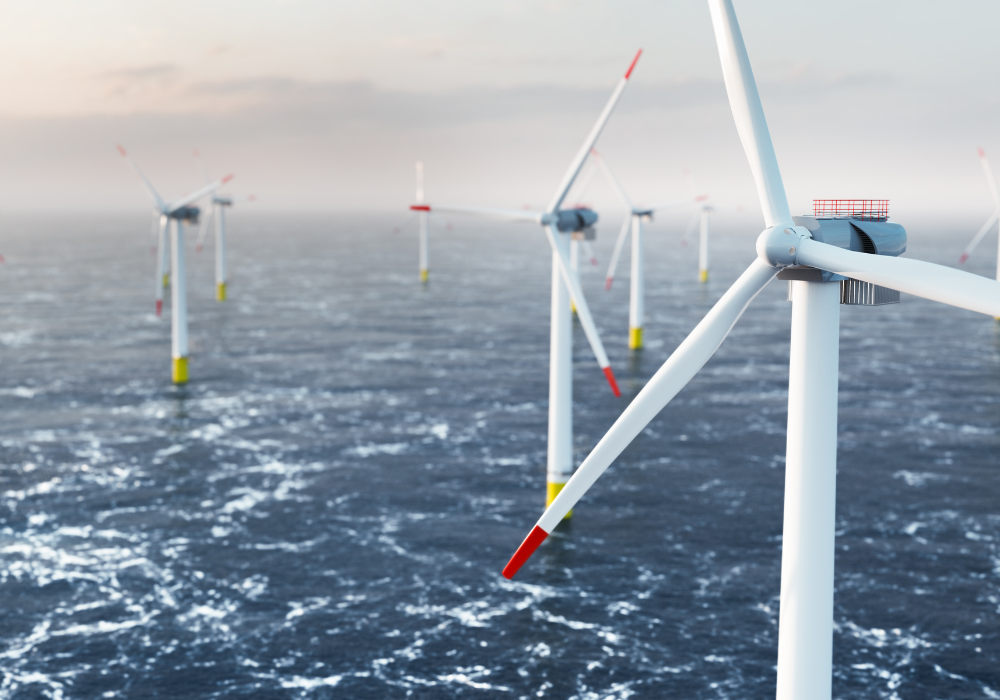A proposed pathway to meeting Maryland’s greenhouse gas (GHG) reduction goals would require the state to quickly implement challenging and uncertain policies.
The Maryland Department of Environment and the University of Maryland Center for Global Sustainability produced “Maryland’s Climate Pathway” to detail how to reduce state-wide GHG emissions 60% below 2006 levels by 2031.
 The 2031 target adopted by the General Assembly in the Climate Solutions Now Act (CSNA) is the most aggressive of any state in the country. Reaching the target requires that emissions fall by 36 MMTCO2e (million metric tons of CO2 and equivalents) between 2020 and 2031. The CSNA also requires that the plan be based on gross emissions. Consequently, forests and other natural features that absorb CO2 from the atmosphere which were previously included in emissions targets, are not included in the 2031 accounting. Together, the new accounting method and steeper CO2 reduction requirements mean that emissions must fall 43% from the 2020 levels by 2031.
The 2031 target adopted by the General Assembly in the Climate Solutions Now Act (CSNA) is the most aggressive of any state in the country. Reaching the target requires that emissions fall by 36 MMTCO2e (million metric tons of CO2 and equivalents) between 2020 and 2031. The CSNA also requires that the plan be based on gross emissions. Consequently, forests and other natural features that absorb CO2 from the atmosphere which were previously included in emissions targets, are not included in the 2031 accounting. Together, the new accounting method and steeper CO2 reduction requirements mean that emissions must fall 43% from the 2020 levels by 2031.
To achieve the reduction, the Climate Pathway assumes that current policies in the state’s climate plan will be fully funded and successfully implemented. These existing policies are expected to account for 26 MMTC02e (million metric tons of CO2 equivalents) of the 36 MMTCO2e required emissions reductions. There is, however, considerable uncertainty about the ability of the state and regulated entities to complete the current policies which include high levels of building decarbonization and electric vehicle adoption.
Of the 10.6 MMTCO2e of emissions reductions sought by the Climate Pathway, nearly half, 4.8 MMTC02e, is expected to result from an emissions cap and fee program. This would cap total GHG emissions and impose increasingly higher fees to incentivize reductions across the economy. The accompanying narrative credits the cap and invest program with hastening the closure of the state’s natural gas power plants and converting others to carbon capture and sequestration.
The cap and invest program is referred to as a theoretical program that was not modeled. It is unknown how high the prices of emissions allowances would have to be set to induce the early retirement of natural gas power plants. The cost of emissions allowances paid by power plant operators will certainly be passed on to utility customers. This could trap utility customers in a prolonged period of high costs if suitable power generation and transmission are not immediately available to replace in-state fossil fuel plants.
The Climate Pathway anticipates the cap and fee program will cause natural gas power generation in the state to fall 95% between now and 2031. At the same time, the electrification of buildings and cars will increase electricity demand by 18%.
The pace of new, in-state power generation is not expected to keep pace with plant closures or increased electricity demand. The plan shows a lower level of confidence that offshore wind power projects will be operating during the planning period. Offshore wind is expected to generate 56% less power in the Climate Pathway compared to current projections. Another influential factor is the way that wind and solar are measured for capacity. The intermittent performance of wind and solar means it will take approximately 5.2 MW of solar or 3.9 MW of offshore wind to replace 1 MW of retired natural gas or coal-fired electricity generation.
The Climate Pathway anticipates that by 2031 in-state power generation will fall nearly 30%. In response, the plan assumes an increase of 73% in power imported from other states. By 2031, 53% of electricity consumed in Maryland will be imported. This increase in Maryland’s reliance on out-of-state electricity would come over the same time period that PJM, the regional grid operator, is warning of “resource inadequacies” driven, in large part, by a mismatch between the timing of fossil fuel power plant retirements and the commissioning of replacement generating facilities.
The Climate Pathway assumes the retirement of all Maryland coal-fired power plants by 2025 – something the owners of the plants already intend to do. However, PJM concluded this summer that the closure of the Brandon Shores power generating facilities in 2025 will result in likely brownout and blackouts. The risk of brownouts and blackouts will continue until 2028 and will cease in that year only if $700 million in infrastructure upgrades are completed in the meantime.
The Brandon Shores example points out the uncertainties related to setting aggressive deadlines even for strategies that enjoy a high level of consensus. When other elements of the Climate Pathway can be achieved will be influenced by how fast cleaner power generation comes online, the development of long-duration energy storage, and the advancement of carbon capture technologies. Siting, permitting, and approving the distribution and transmission infrastructure necessary to bring renewable power to population centers will draw opposition from NIMBYs and pose cost and logistical challenges.
These and other unforeseen challenges will necessitate a reexamination of assumptions, policies, and expectations, and an examination of other pathways that may present more practical, cost-effective, and technically feasible approaches to meeting the state’s climate goals.